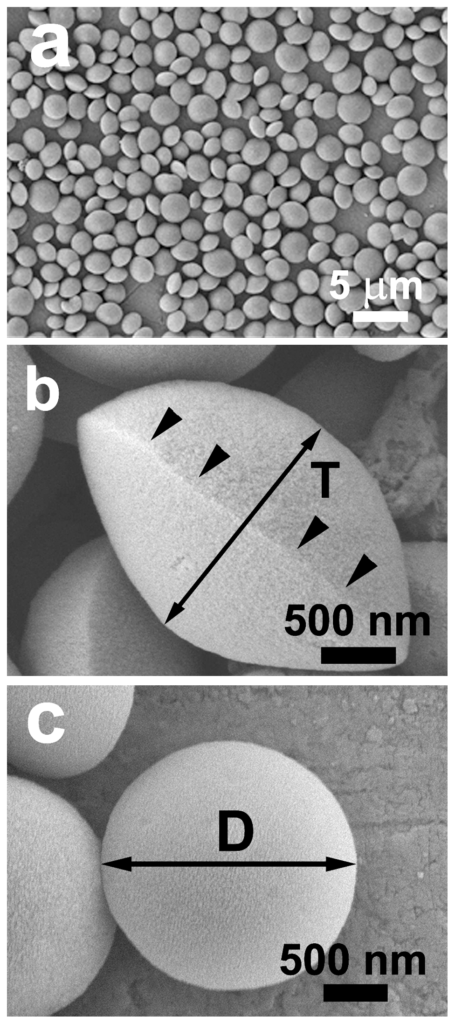@WFS,World Fossil Society,Riffin T Sajeev,Russel T Sajeev
Formation of Asymmetrical Structured Silica Controlled by
a Phase Separation Process and Implication for Biosilicification
Citation: Shi J-Y, Yao Q-Z, Li X-M, Zhou G-T, Fu S-Q (2013) Formation of Asymmetrical Structured Silica Controlled by a Phase Separation Process and Implication for Biosilicification. PLoS ONE 8(4): e61164. https://doi.org/10.1371/journal.pone.0061164
Editor: Vipul Bansal, RMIT University, Australia
Biogenetic silica displays intricate patterns assembling from nano- to microsize level and interesting non-spherical structures differentiating in specific directions. Several model systems have been proposed to explain the formation of biosilica nanostructures. Of them, phase separation based on the physicochemical properties of organic amines was considered to be responsible for the pattern formation of biosilica. In this paper, using tetraethyl orthosilicate (TEOS, Si(OCH2CH3)4) as silica precursor, phospholipid (PL) and dodecylamine (DA) were introduced to initiate phase separation of organic components and influence silica precipitation. Morphology, structure and composition of the mineralized products were characterized using a range of techniques including field emission scanning electron microscopy (FESEM), transmission electron microscope (TEM), X-ray diffraction (XRD), thermogravimetric and differential thermal analysis (TG-DTA), infrared spectra (IR), and nitrogen physisorption. The results demonstrate that the phase separation process of the organic components leads to the formation of asymmetrically non-spherical silica structures, and the aspect ratios of the asymmetrical structures can be well controlled by varying the concentration of PL and DA. On the basis of the time-dependent experiments, a tentative mechanism is also proposed to illustrate the asymmetrical morphogenesis. Therefore, our results imply that in addition to explaining the hierarchical porous nanopatterning of biosilica, the phase separation process may also be responsible for the growth differentiation of siliceous structures in specific directions. Because organic amine (e.g., long-chair polyamines), phospholipids (e.g., silicalemma) and the phase separation process are associated with the biosilicification of diatoms, our results may provide a new insight into the mechanism of biosilicification.

SEM images of discus-like silica particles (sample L5): low magnification (a), the side- (b) and front-view (c) observations of individual particles.
@WFS,World Fossil Society,Riffin T Sajeev,Russel T Sajeev



 June 9th, 2018
June 9th, 2018  Riffin
Riffin  Posted in
Posted in  Tags:
Tags: 